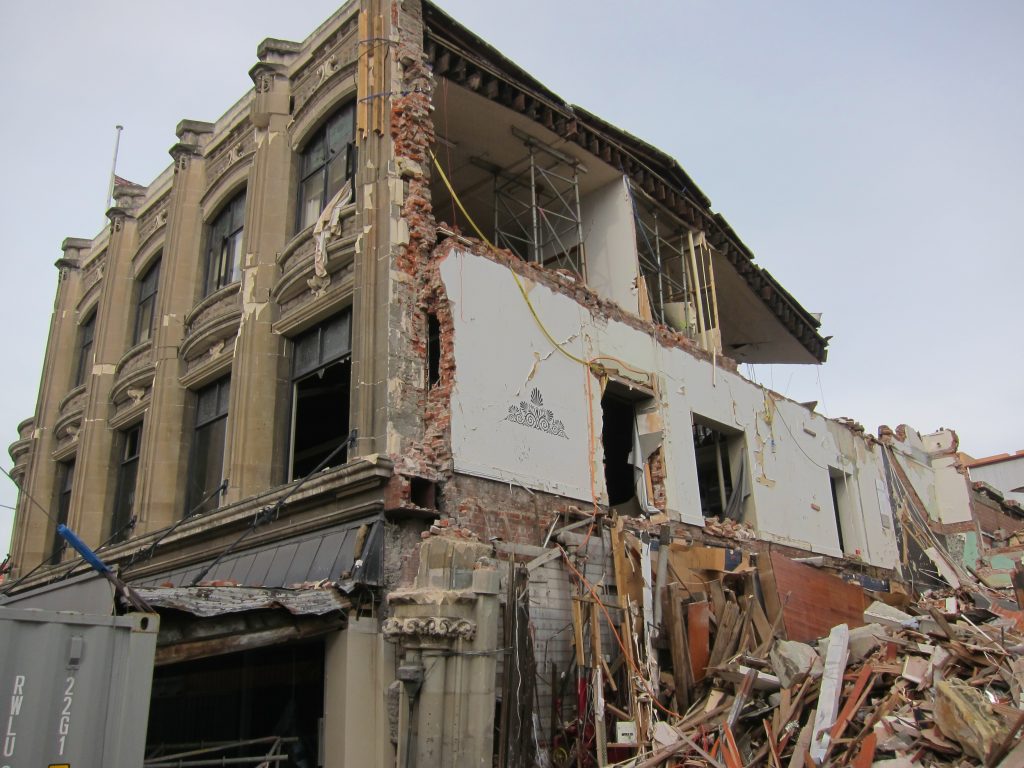Functional Recovery and Seismic Vulnerability

Resilience has become a common term among engineers, policymakers, and the national community of construction industry professionals. NCSEA recently formed a Resilience subcommittee to develop positions and recommendations on issues concerning resilience-based planning and design. For engineers engaged in seismic design, the lessons of the 2011 Christchurch earthquake, in which the central business district comprised largely of code-designed buildings was rendered unusable, have impacted the way many engineers think about seismic risk and building performance in earthquakes. This change in thinking has also influenced the way engineers frame conversations with their clients, building owners, and building occupants about post-earthquake expectations of buildings. The seismic life-safety standard has been the design basis for most buildings explicit (or implicit) in building codes for decades. However, this standard has no defined requirements for buildings after earthquakes, such as when they can be reoccupied or how much they will cost to repair. These questions are at the heart of the current resilience conversation.
Publisher
Structure Magazine